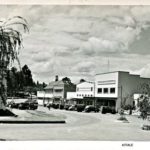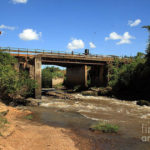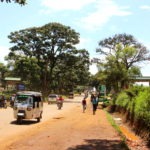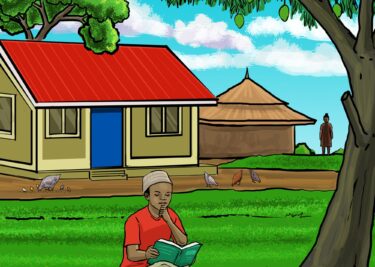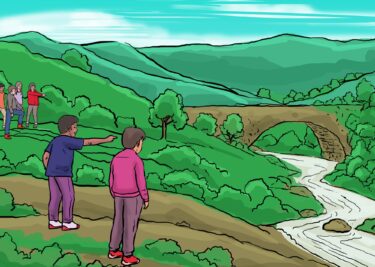Kitale Town, Kenya
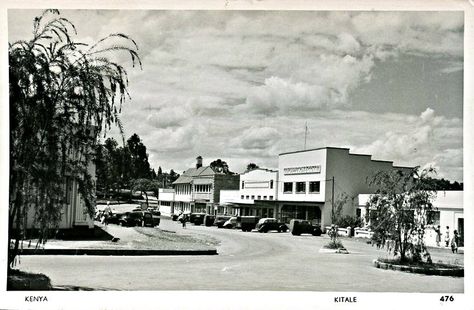
In the late 19th century, majority of East Africa came under British protectorate rule. This led to the establishment of national boundaries. The greater Trans Nzoia region was one of the areas demarcated as a part of Uganda’s territory. Then in 1902, as Britain was restructuring her administration, this area was annexed from Uganda to become a part of Kenya, then known as British East Africa Protectorate. At the time, Kitale town was nonexistent, and Maasai herders grazed their cattle on the uninhabited undulating grassland.
Two years down the line, the first group of European settlers arrived in this place. Among them was a man named Cecil Hoey who was on a hunting expedition, eager to explore this relatively unknown region. As this group made its way through the countryside, they came across the Nzoia River. An attempt to cross over this swiftly flowing river on foot would have proven fatal. Unsurprisingly, the name Nzoia is derived from the Luhya word kuyoya, which means, “to carry everything away.” Determined to hunt game on the other side of the Nzoia, Cecil fell trees to make a river crossing – known thereafter as Hoey’s Bridge. This bridge was later renamed Moi’s Bridge after independence, in honour of Kenya’s second president, Daniel Toroitich arap Moi.
Hoey’s Bridge made this area more accessible. Settlement grew steadily and the place was given the name Quitale. In 1920, Quitale became a fully-fledged town, and the name’s spelling was changed to Kitale. The town’s biggest attraction was her fertile soils which many were eager to till. Farmlands were set up and Kitale’s job of feeding the nation began. In the span of a century, Kitale has grown from a simple pastoral land to become the basket of Kenya. A trip across the picturesque countryside reveals vastly growing acres of maize, coffee, sunflower and tea estates. These farmlands provide a panoramic view and are a testament to the town’s hardworking farmers.
In addition to being an agricultural powerhouse, Kitale plays an important role in connecting different parts of the country. This town is the base for visits to Mt. Elgon, Cherangani Hills, and Lodwar begin. Of course, Kitale is more than just a gateway for those seeking to explore the lands beyond. The Kitale Museum and the Kitale Nature Conservancy are a few of the places which speak to the adventures held by this town.
There’s so much to say about Kitale.

